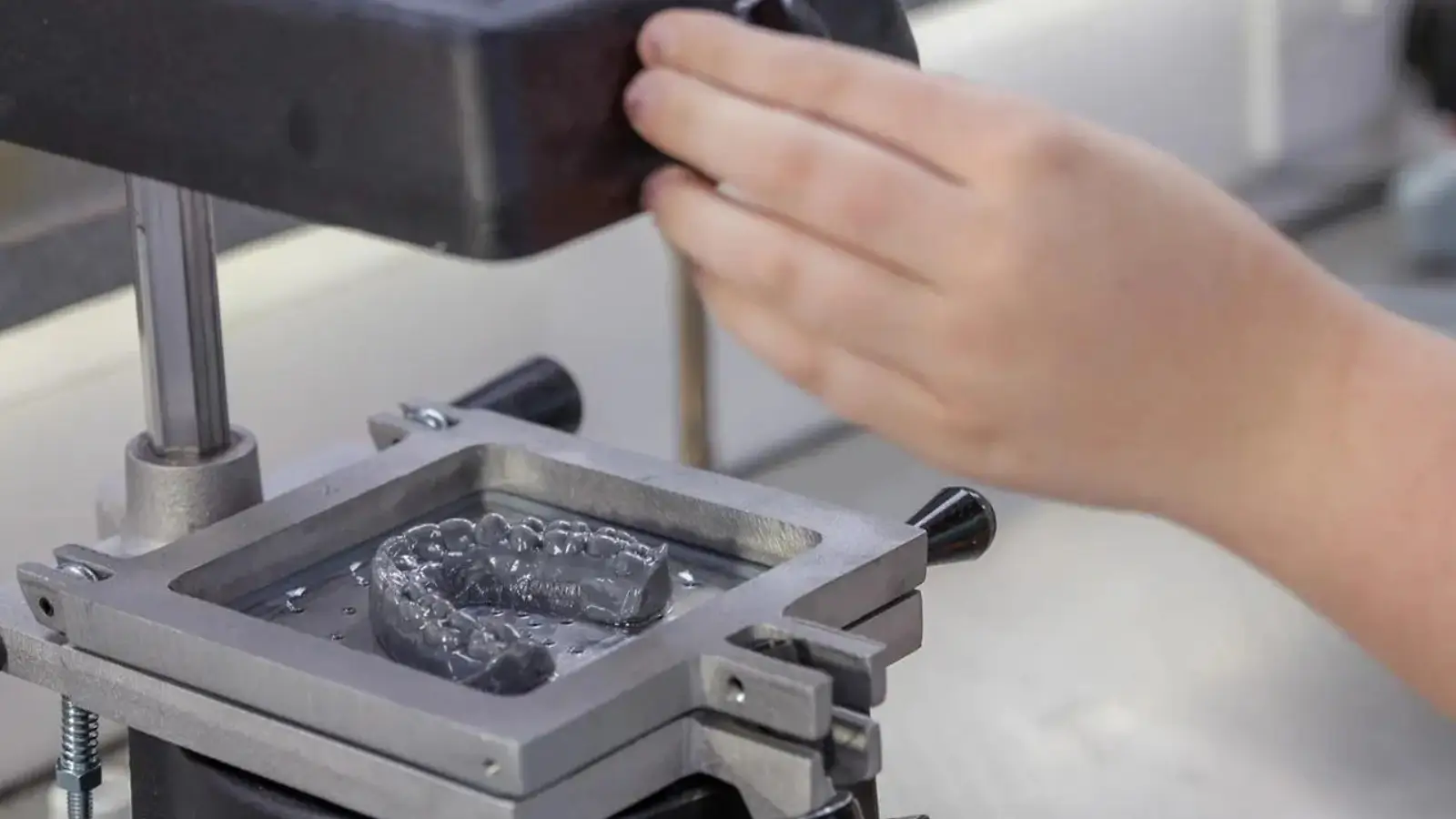


Vacuum forming is a crucial process in modern manufacturing that offers flexibility, cost-efficiency, and speed. It allows manufacturers to produce a wide variety of plastic components used in numerous industries. This technique is particularly valuable because it supports both prototyping and large-scale production. Manufacturers rely on vacuum forming to create components that are lightweight, durable, and precisely shaped.
Vacuum forming offers manufacturers flexibility in material choice, including plastics such as polycarbonate, Polytetrafluoroethylene, and ABS. PTFE is widely used in applications that require chemical resistance and durability, such as electrical components or food processing. Its ability to perform in harsh environments makes it a preferred choice in specialized sectors. Companies can select the best material for their specific needs, ensuring that the final product meets the required strength, flexibility, and resistance.
The technique also allows for a high level of design flexibility. Manufacturers can create components with intricate shapes and detailed textures. Vacuum forming supports a wide range of product designs, from simple flat sheets to complex three-dimensional structures. This design versatility is crucial for industries that require precision and adaptability, such as automotive, packaging, or medical equipment manufacturing.
Rapid prototyping is a vital step in product development, and vacuum forming excels in this area. The ability to quickly produce prototypes helps businesses assess designs and make necessary adjustments before committing to full-scale production. It delivers prototypes in a fraction of the time. This allows manufacturers to test different configurations, ensuring that the final design is both functional and cost-effective.
Vacuum forming is also ideal for low-volume production runs. It offers a solution for businesses that need limited quantities of a specific part without the need for expensive tooling. Small and medium-sized businesses, as well as those working in niche markets, benefit from this aspect of vacuum forming. The process allows manufacturers to produce quality parts in small quantities, making it suitable for both custom orders and limited-edition products.
Vacuum forming is widely used to produce lightweight yet durable components. The thermoplastic materials used in this process offer a combination of strength and reduced weight, which is beneficial in several industries. Reducing weight is often crucial for improving fuel efficiency and reducing transportation costs. Vacuum-formed plastic parts retain their strength even with a decrease in weight, making them a practical choice for demanding applications.
The durability of vacuum-formed products also makes them a preferred option in industries where long-lasting performance is required. For example, in packaging, vacuum-formed plastic components are designed to withstand handling, transportation, and environmental conditions. This makes the parts more resilient and able to protect their contents, such as food or medical products, during their life cycle.
One of the main advantages of vacuum forming is the simplicity of its tooling requirements. It uses simpler molds that can be created more quickly and at a lower cost. This reduces the initial investment needed for production, making it accessible to businesses of all sizes. Manufacturers can rapidly create molds for both prototypes and production parts, reducing the barriers to entry for new products or designs.
This simplified tooling process directly contributes to shorter lead times. Since the molds are less complex and easier to produce, manufacturers can begin production sooner. This efficiency in setup times is particularly useful when working with tight deadlines or when a rapid product launch is required. Vacuum forming allows for quicker project turnaround, helping businesses meet market demands and reduce time-to-market for new products.
Vacuum forming is an energy-efficient process compared to other manufacturing techniques. The system requires lower temperatures and less energy to heat the thermoplastic sheets, resulting in reduced energy consumption. This makes vacuum forming an appealing option for companies looking to lower operational costs and improve sustainability. In addition to being energy-efficient, the process produces minimal waste, as the vacuum precisely forms the plastic around the mold. This ensures only the necessary material is used.
By reducing material waste, companies can cut costs and contribute to environmental sustainability. The minimal waste generated during the vacuum forming process reduces the need for excess raw materials, which in turn lowers production costs. Companies benefit from both cost savings and the ability to create environmentally friendly products. This balance of efficiency and sustainability makes vacuum forming a valuable manufacturing solution.
Vacuum forming plays a key role in modern manufacturing by providing cost-effective, efficient, and versatile solutions. The process enables manufacturers to produce a wide range of components from thermoplastic materials, including PTFE, for use in industries such as automotive, packaging, and medical devices. Its simplified tooling, low material waste, and reduced lead times contribute to both cost savings and higher operational efficiency.